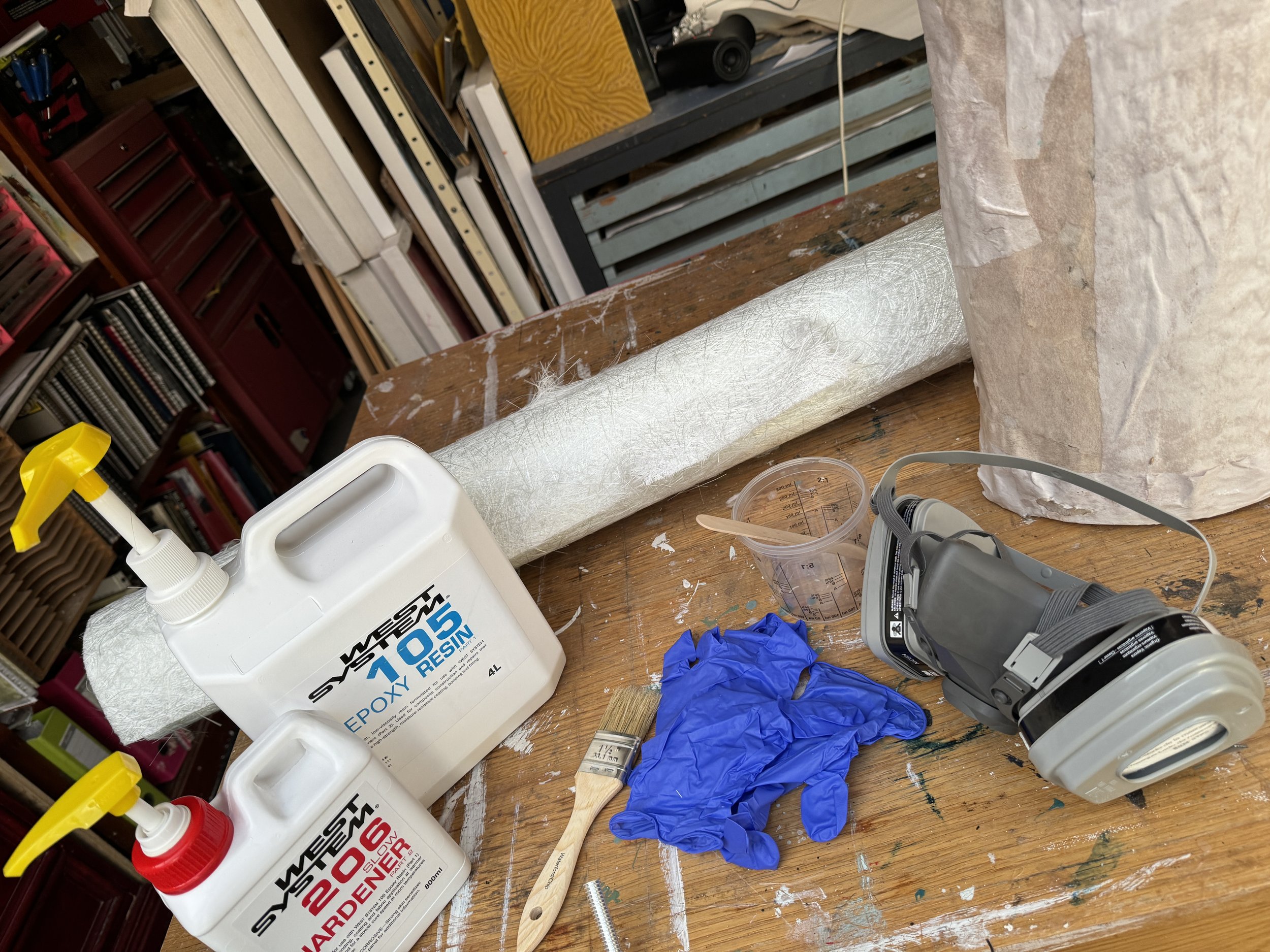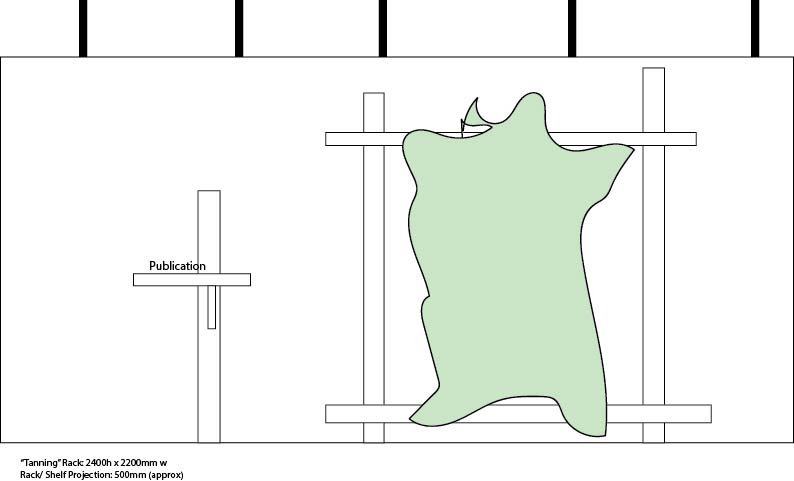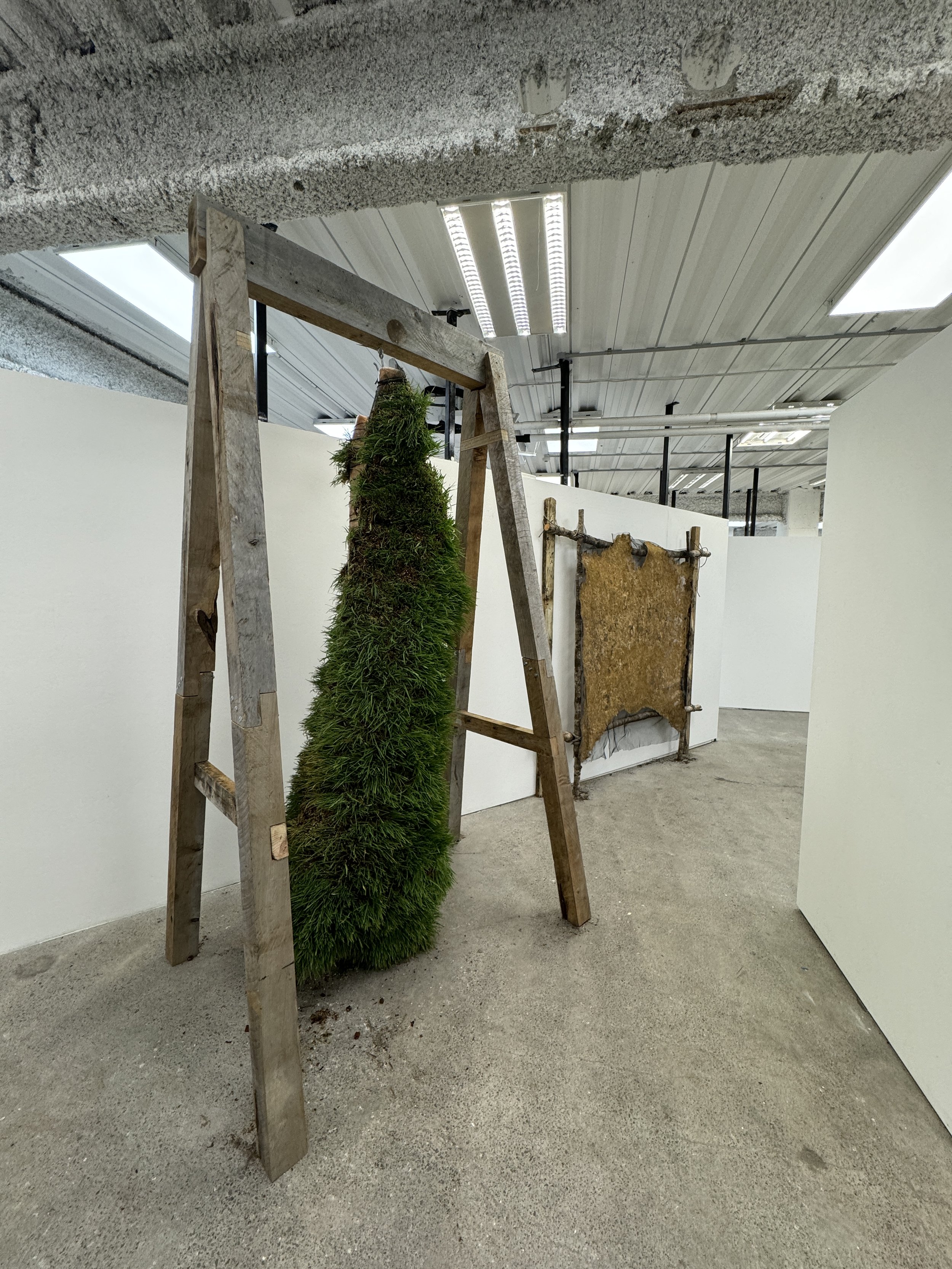The Green Carcass Project
The Green Carcass project began with ideation in my visual diary which I wrote in the blog post ‘Ideas for Semester II’. Images from that post are shown below.
I researched the carcass and how it had been used in art by Chaime Soutine, Francis Bacon and Rembrandt. These are shown in the blog post ‘Researching the Use of the Carcass in Art’. Images of this research are shown below:
I also found the work of George Bumann, a sculptor who lives near Yellowstone Park in Montana. He has a masters degree in Wildlife ecology and works in the field of wildlife research in addition to sculpting. I was particularly interested in his work ‘Art of Carcass’, a series of sketches and sculptures of the animals in Yellowstone which relate to the carcuss and the interactions of the animals.
Bumann writes, “Observe a carcass scene and you begin to realize the complex interactions at play. The hierarchy at a carcass is well understood by those in attendance, played out between dominant and submissive, aged and youthful, resident and itinerant. Among coyotes, the ‘boss’ displays a fierce open-mouthed “alligator- gape” posture to all competitors. Yet, it is the coyote that sits on the periphery until the wolves are finished eating. Ravens show their high rank by strutting with head feathers raised and fluffy flanks. Nothing is random; the actions of wild creatures – and humans – have both causes and consequences.”
In creating a carcass hanging from gallows in an installation, I am interested in how this idea of dominance by people is bought into the space if the way wild animals interact with carcasses, as put forward by Bumann, is considered. It is a way of showing the hierarchy of humans and how they dominate nature as in the installation people will be walking around the carcass.
PIERRE HUGHYE
I also researched the work of Pierre Huygh, a multi-disciplinary artist who works with a variety of media including film, sculpture, photography, music, public interventions and living ecosystems. His works often show themselves as complex systems that are typified by a range of life forms, inanimate things, and technologies.
Hughyes’ sculpture Untilled (Liegender Frauenakt) is a cast concrete sculpture of a reclining woman with a living beehive that serves as her head. The work emphasises the symbiotic relationship between humans and honeybees and explores the concept of collective thought processes (hive mentality) and self-organisation which has been studied in relation to human social and political organization.With the everchanging beehive, the sculpture becomes a living organism which is experienced rather than an inanimate, sedentary object which is simply seen.
I was interested In how creating a carcass with living system of oats or wheatgrass could expand on Hughyes idea of including living organisms in a sculpture. The system on the carcass has a short life span, to be harvested at the humans whim, rather than having an ongoing lifecycle.
Pierre Huyghe, Untilled (Liegender Frauenakt)
CREATING THE CARCASS
I looked at images of carcasses (beef) that showed cuts of meat and used that to create a pattern to make my sculpture framework. I chose the beef carcass because of its size and its association with farming. I joined pieces of wire frame to make the form. I covered this frame with butchers paper before fibreglassing. I had not down fibreglassing before so got some hints from a friend who used to build boats. It was a learning experience and not an outstanding piece of workmanship but it did the job. Using the same meat cut pattern I fashioned a kind of suit out of black tulle for the plants to grow on and the roots to grow through. There were two layers so that when it came to harvesting, I could slice between the two layers to easily separate the root system from the stems and foliage of the plant. The images below show the process of making the carcass.
Initially, my idea was to grow the system on the carcass, but I had my timing out and did not resolve how to have seeds and supporting soil, etc., stay in situ while they were growing. I wanted to lightly felt some wool and infuse the seeds in that, but did not have time to develop this method. I grew the carcass hide flat so the plants could establish themselves and their root systems would grow through the tulle. This meant when it came to hanging the carcass, they growth would stay in place.
I also made some large hides which I grew flat and harvested the root systems from. These were to be used in the displays I was planning to have alongside the green hanging carcass in my installation. These were grown on landscaping plastic, which triggered some of the frustrations I felt in having to use materials that were not eco-friendly (and triggered the idea for the installation ‘The Controlling Controlled’. I also used tulle as the material to create the separation point for harvesting. I experimented with using sphagnum moss to keep the roots moist. Following are images of the growth process.
I also created some systems in the shape of sheepskins, which I call Oatskins. These I grew on knitted wire and mull cloth and one I grew over wax to incorporate a pattern and the other I included wool. These are shown below.
In considering how to display the work in the installation, I looked to inspiration from hunting websites to see how kills were hung to age and skin. I also looked at how hides were hung to be cured/tanned. These are shown in images below:
I created ideas for display and collected second hand wood to recycle for the installation which I felt would give it a more authentic and rustic feel. I made plans to make the gallows and the supports for the installation.
INSTALLING
I built the gallows in my studio and assembled them in my exhibition space. I built the frames for the hides which were displayed off the walls in situ. The oatskin hides I made frames for in my studio as well.
FINAL INSTALLATION
These are images of the final installation. I was really pleased how the works came together in the space. The scale of the pieces worked well in the space. It was largely how I envisaged the work to look and I am really happy with it. There are these large solid structures with really fragile looking root system hides. It came together well.
Final Installation
Contextual Statement
The Green Carcass, 2024
Oat and wheat grass root systems, wood, rope, fibreglass, tulle.
The Green Carcass is an installation that examines the implications of human actions within the context
of the Anthropocene, particularly as they relate to ecocide, capitalism, and consumerism.
The installation addresses the ways in which human beings have become increasingly disconnected from the natural world and have systematically exploited and controlled it, without adequate consideration for the long-term detrimental consequences of these actions or the inherent value of other living organisms. This disconnection has been exacerbated since the transition to agrarian societies, where the drive for profit has overshadowed respect and reverence for the natural world.
Working with cultivated root systems, The Green Carcass reflects on how humanity engages with the environment, advocating for an urgent paradigm shift toward a more sustainable and respectful approach to coexistence. It urges us to reflect on our role as being part of nature, not apart from it, and to reconsider the intrinsic value of all life forms and the repercussions of our relentless pursuit of growth and consumption at any cost.
Kennedy, Randy. “Conceptual Anarchy.” New York Times. September 3, 2014. https://www.nytimes.com/2014/09/07/arts/design/fall-arts-preview-pierre-huyghes-unpredictable-retrospective.html.
Museum of Modern Art. “Pierre Hughye.” MoMa. Accessed August 22, 2024. https://www.moma.org/artists/26245.


























































